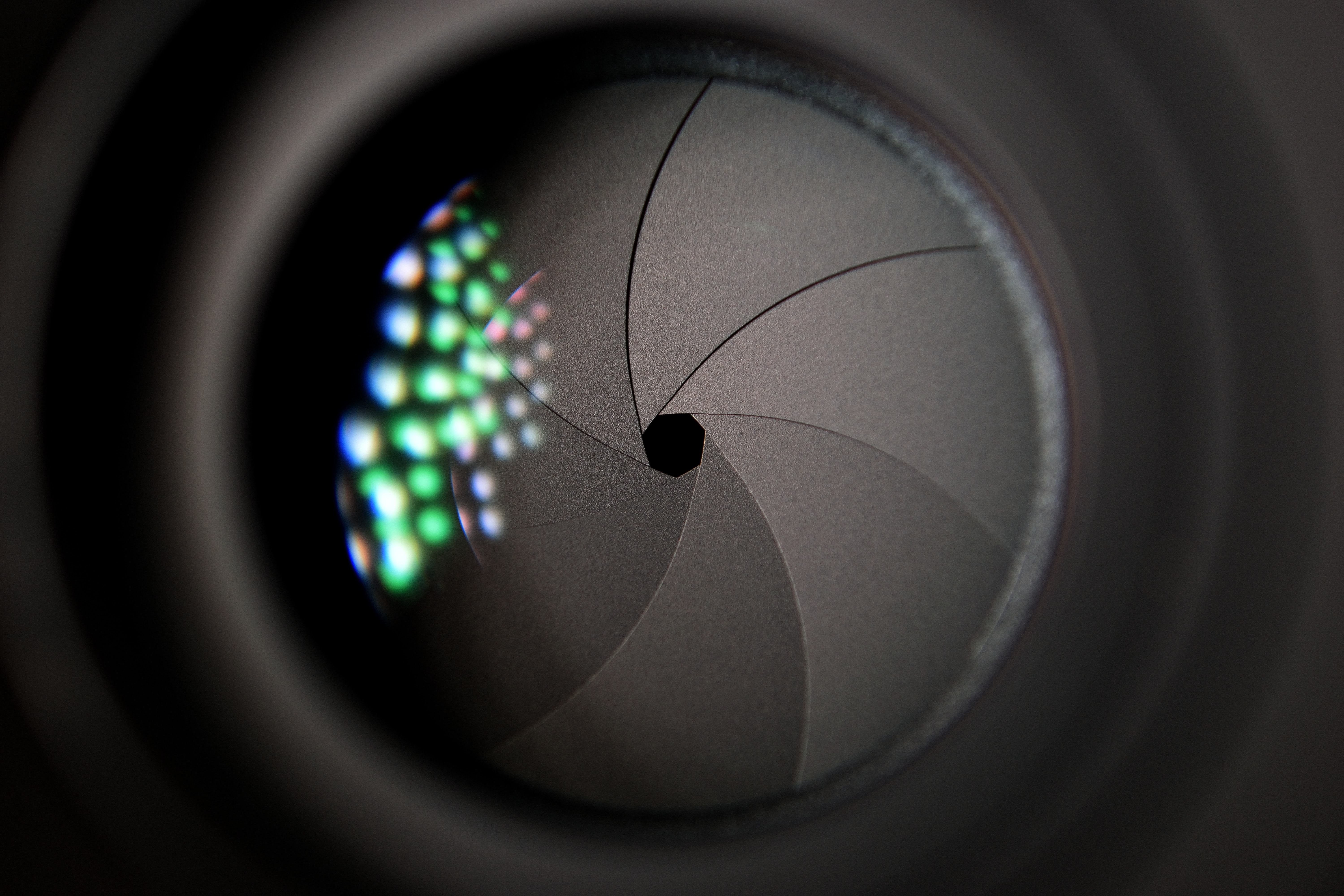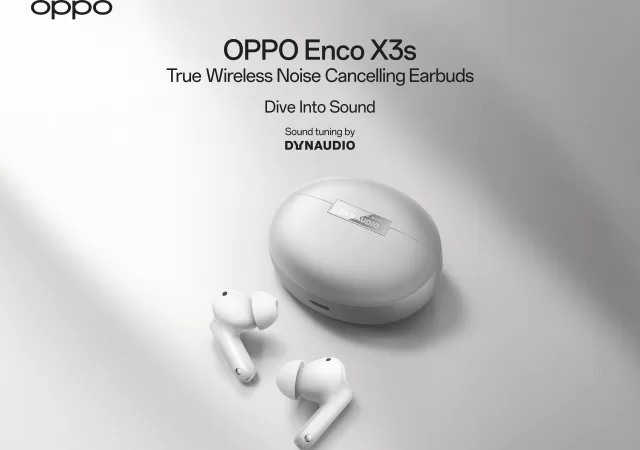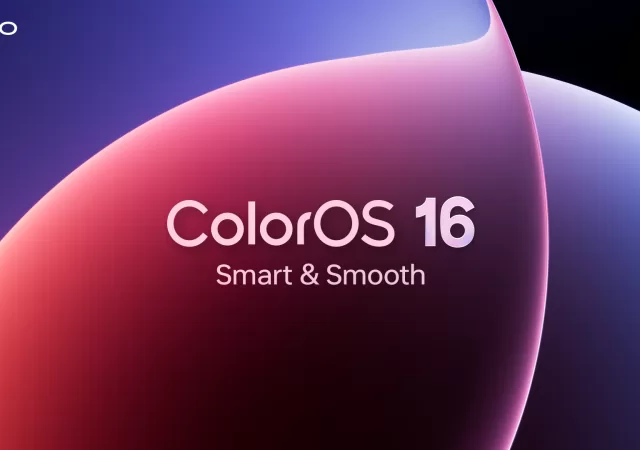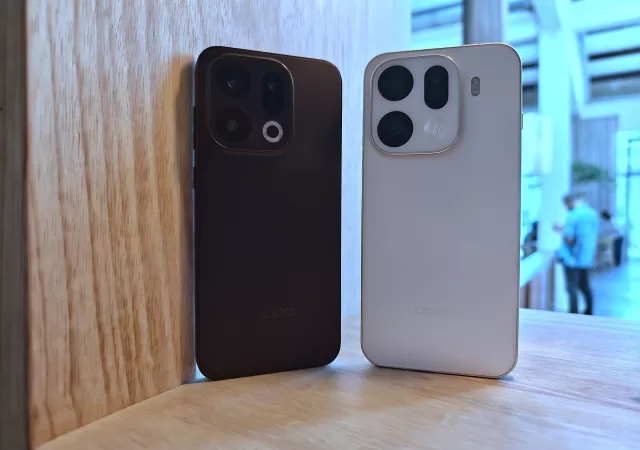Photography is a wonderful thing. Everyone loves a good photo. A good photo can be shared with the world to convey stories, to eternalise important moments, to remember. It allows you to see the world or environment as someone else does. It allows you to express yourself too. A Picture speaks a thousand words they say; and it still rings true.
We also always believe that photography is the fundamentals of any visually related productions. Videos, for example, are just compilations of several thousand photographed frames put together side by side to create a bigger, clearer, and more specific story. Illustrations are merely a photograph of your imagination put into a canvas.
The Tool of the Trade
For years, photography holds a very significant place in humanity. It captures our pivotal movements, it captures history. It keeps our legacy, our memories, our achievements in a single piece of paper that it prints on.
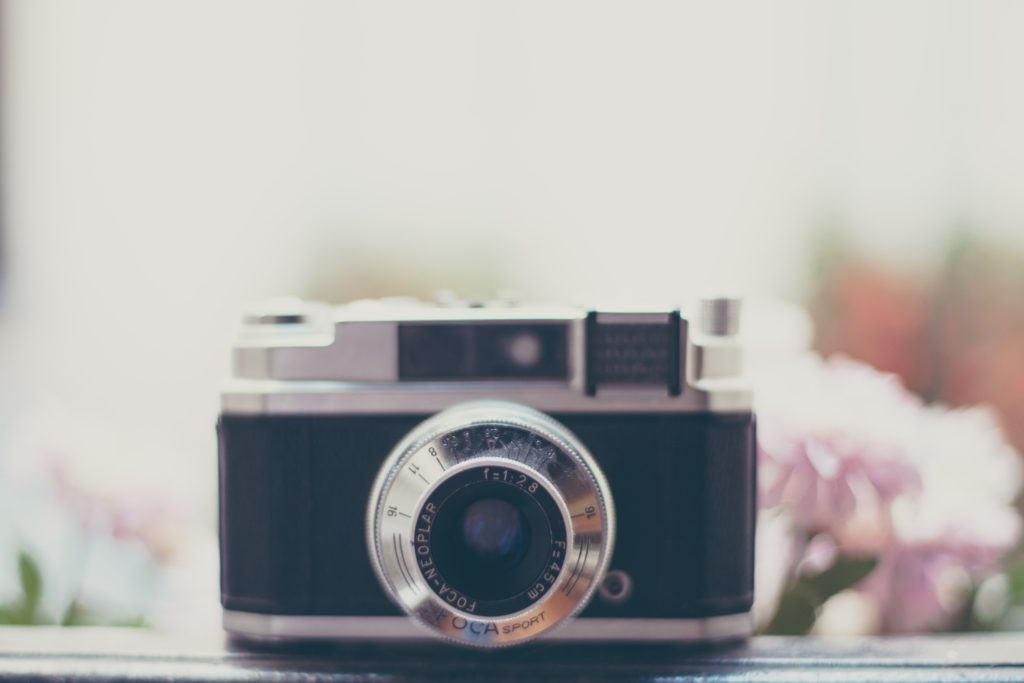
Back then, when the first camera was introduced, cameras are huge equipment that can hardly be carried around. Setting them up takes time, getting a good amount of light is also crucial to get the best photos. After all, photography is merely an act of capturing light.
When the handheld camera was introduced, it became a sensation for photographers; now they can carry their gear anywhere and work wherever, whenever. It was a simple hardware with a mirror inside and sensor to capture light. It was rudimentary and colourless still; pretty much black and white. If you need extra lights, you need to carry around a large flash tool as well that explodes (sort of) in people’s faces to give them light.
A little later they manage to attach the flash module to the camera. It is still no small thing though. It still looks like it could replace your sling bag and weighs more than the average camera today.
The Modern Tool for the Modern Photographer
Today, if you get into the field of photography, you will be spoiled for choice. There are always two camps in photography; those who prefers the ways of films, and those who champions digital photography. Yes, there are those that has both types of gear; let’s face it though; you will have to start choosing at one point to go with either film or digital. Most professionals have moved to digital photography thanks to the flexibility and simplicity of the format. There is the matter of long term costs as well.
We do understand the appeal of film photography though. There is a very classic feel when you hold a film camera. With films, every shutter press matters, every press counts. A wasted shot is a shot you will never get back. You get a sort of warm, fuzzy feeling when you see a printed film photograph. It is just irreplaceable.
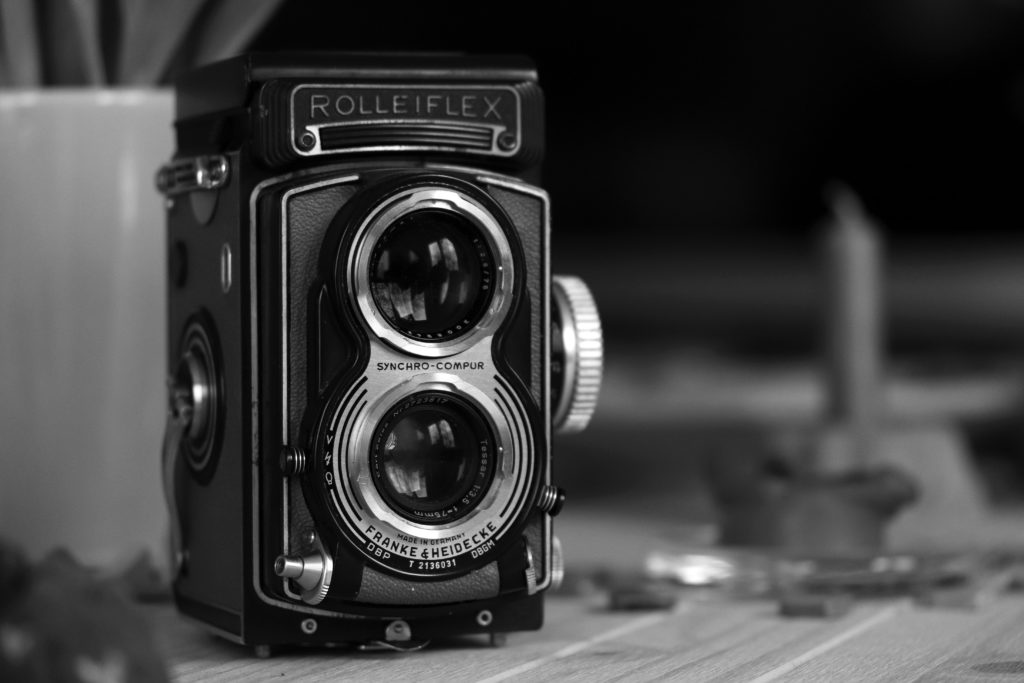
Yes, even in a film camera, the sensor size plays a little bit of a role in the sort of photos you get too. There are even wide-angle format films to fit ultra-wide sensors in the film camera. In general, films in general produce higher detail shots with less distortion. Depending on lens filters, sensor types, film conditions, and sensor condition, film cameras can have more accurate colour reproduction too.
Then there is the digital camera, the modern tool for the modern photographer, be it an enthusiast or a professional. To be fair, when the format was first introduced many years ago it was not very good. Thanks to the heavy reliance on megapixels, which are basically the number of dots that you can cram in a photo, the large sensors that does not have that many pixels packed together was not very good.
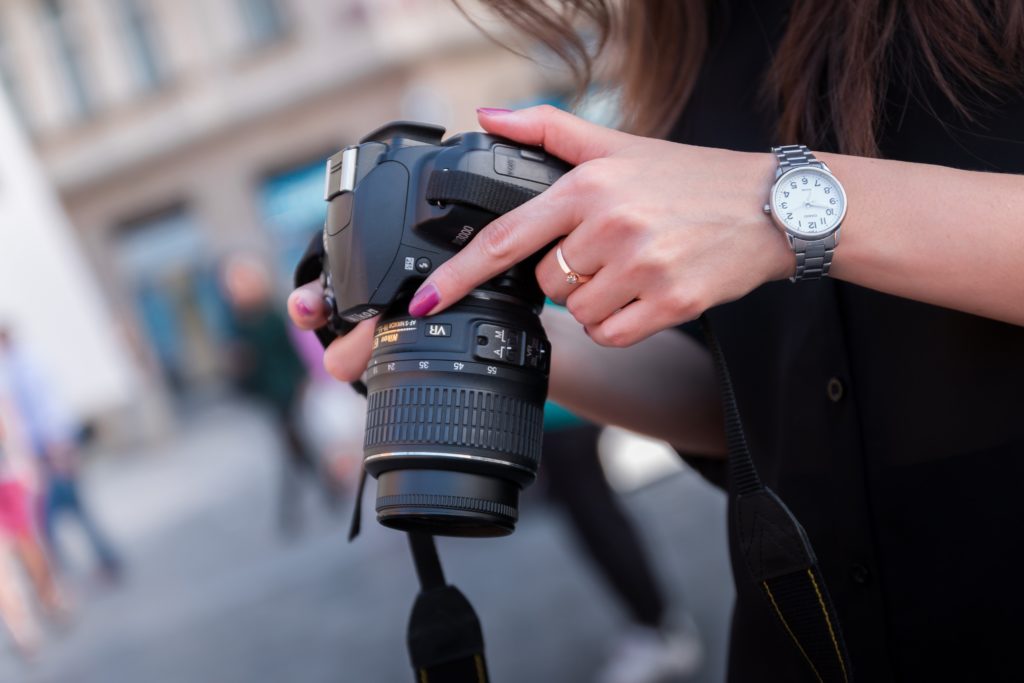
The digital camera has evolved to the point that we cannot imagine a world without digital cameras. You have the new Sony Alpha 7 R Mark IV with more than 50-Megapixel (64-Megapixel to be specific) crammed into its full-frame sensor; something quite unheard of before. That could spell trouble, but then again, we have come to a point where full frame sensors are kings. We are also beginning to find out the limits of the full frame sensor – how much we can push the full frame format.
The Modern Pocket All-in-One
Then there is something we carry in our pockets everyday these days; the smartphone. These days, the stress and emphasis that I put on the camera performance of that little thing in your pockets are tremendous, ridiculous even. This was quite inevitable too though, not thanks to demand; thanks to marketing, thanks to Apple, and Samsung, and HUAWEI, and HTC.
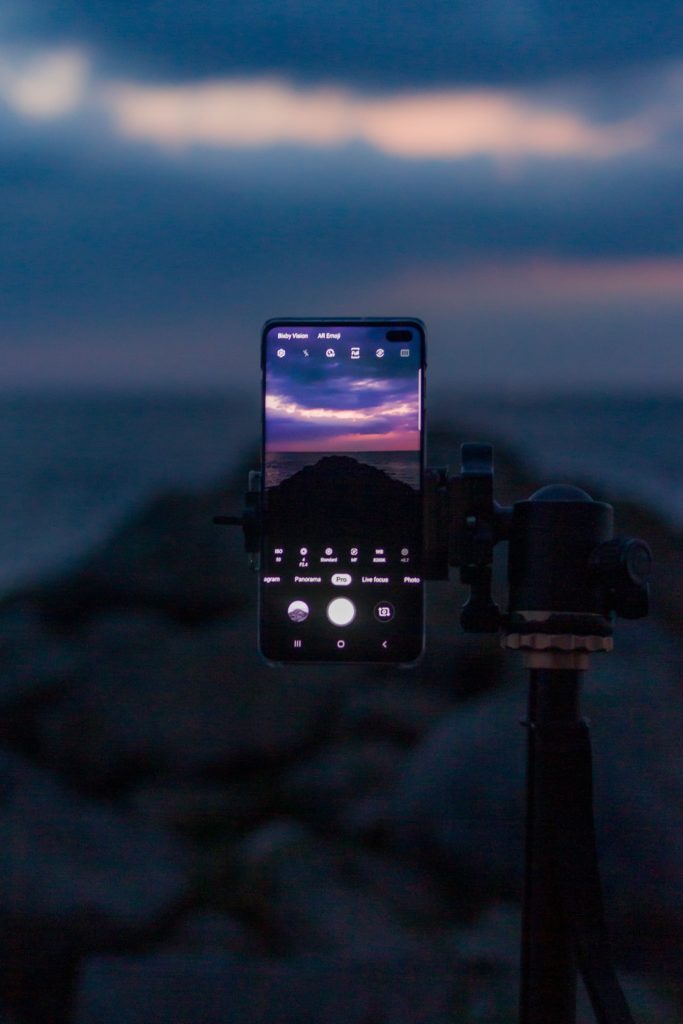
There are several reasons why smartphone manufacturers push camera prowess and photo quality as their main selling point. One of the reasons would be technical, theoretical processing power of the device’s chipsets. Powering a camera requires a large amount of processing power. Processing a 12-Megapixel photo, for example, is quite unthinkable with phones that came out 10 years ago. At that time, you get devices with 5-Megapixel cameras and that is as good as you can get them. Even launching the camera application takes some time thanks to the lack of processing power those devices had.
We can go into little details to why that is so. If we do though, you and I are going to have to do some maths, so let us not. To simplify it even further, take digital cameras that are taking continuous photos without stopping. You see full-fledge, expensive DSLRs taking up to 7 shots a second and then after a few more clicks. You will not get anymore clicks out of it until a little later. The processor built into the camera needs sometime to process the photos and store them into the memory card.
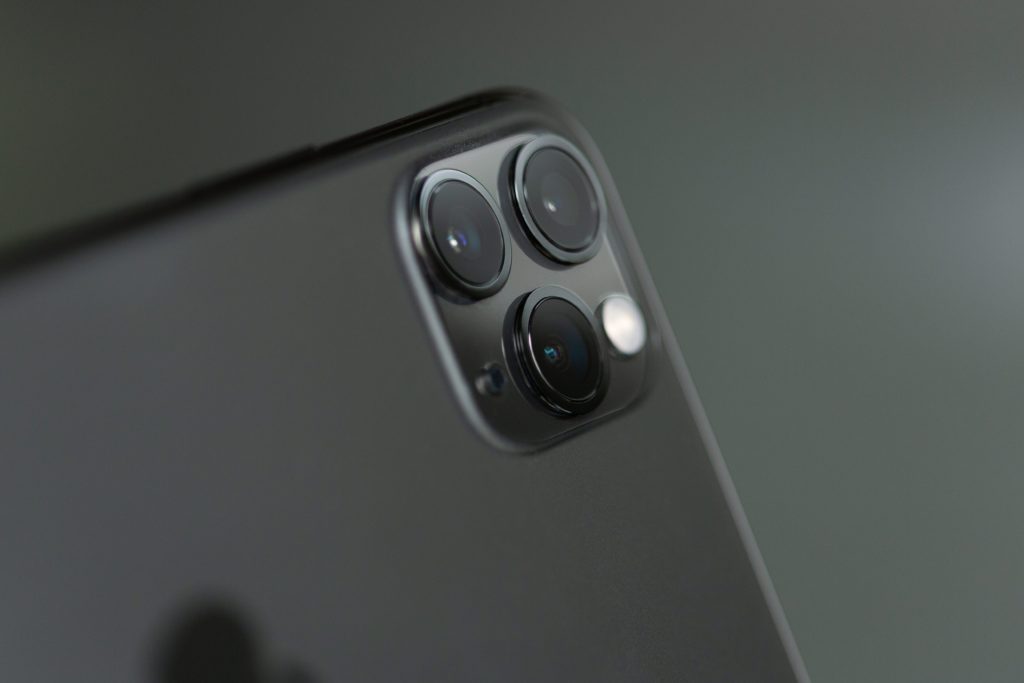
Yes, a smartphone processor can complete that same task, in the case of a high-end processors, they could work just as well. Most of the time though, they would be a little lacking. Still, take a high-end smartphone and take continuous photos and you find that the device starts to slow down as well. Take a flagship that is a year to two years old, and you will find that it will be even slower, they sometimes fail too.
Still, you get smartphones like the Xiaomi Mi Note 10 where they cram as much as 108-Megapixels from the little things you call a camera sensor in the smartphones and pass those as super high-end cameras that you can replace your full-frame Sony A7S II with. The Chinese brand manufacture in orange are not the first manufacturer to do that though. The other premium Chinese brand in red is also guilty of such far-fetched claims.
The 108-Megapixel shooter on the Xiaomi Mi Note 10, to be fair, is not from the usual OEM, Sony. It is from a company that has been pushing the mobile technology like crazy, that is Samsung. Of course they installed the outrageous 108-Megapixel sensor on their very own Samsung Galaxy S20 Ultra. That is also the ultimate iteration of their own sensor, in their minds. In that device, you can use the sensor, combined with a 48-Megapixel sensor to zoom to about 30x factor. You start to lose detail though if you zoom in that close. They can digitally zoom to up to 100x too, but you really lose all details on that kind of zoom. Your hands would have to be as steady as a rock too.
In truth though, for most users, who only does photos for the #grams (Instagram), a smartphone like the Huawei P30 or even the Xiaomi Mi Note 10 is powerful enough. However, even if it is for Social Media, a proper camera would help plenty in the quality of your posted photos too; trust us. If you are a serious photographer though, be it a regular hobbyist, a semi-professional, or a professional, a smartphone camera is never enough.
Size Matters
Do not let anyone tell you otherwise; in photography, size matters. Well, sensor size matters in photography. The smaller they are, the less powerful they can be. At least that is the current predicament they are in.
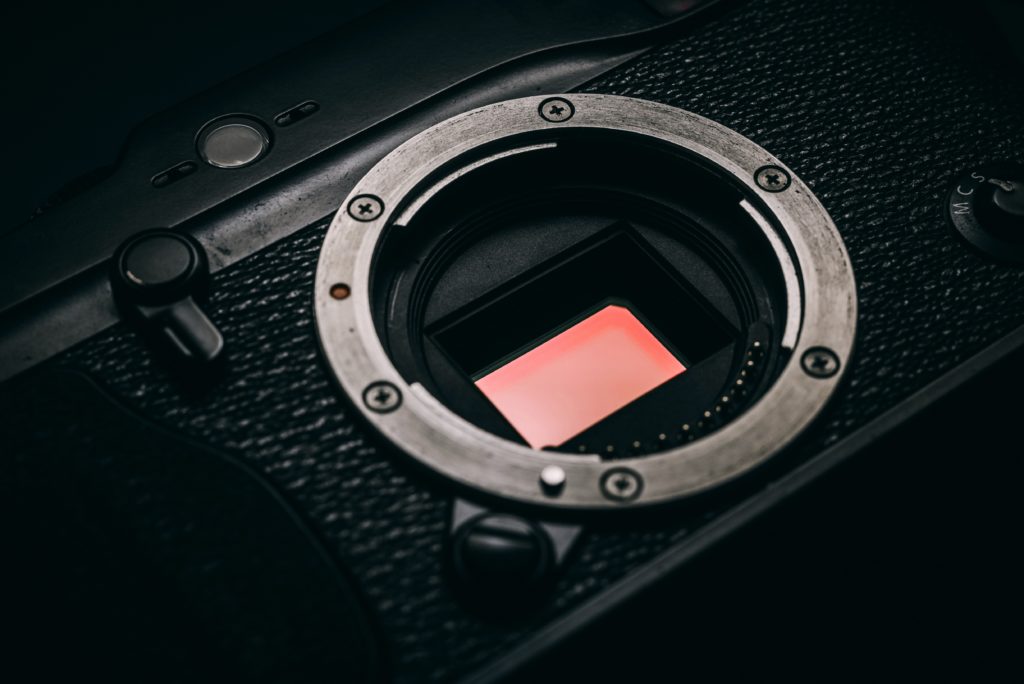
Bigger
There is a reason why the print industry goes for sensor sizes bigger than an odd smartphone battery. When you need to print a photo to be pasted to a billboard, you always need photos that comes from medium format cameras with Megapixel counts that go over 50. That is because medium format cameras captures light better, in turn; you get highly detailed photos with near true to life scale. That way, when you are printing a photo taken out of a medium format camera, you can get a billboard size printout and still get amazingly sharp details from the photo.
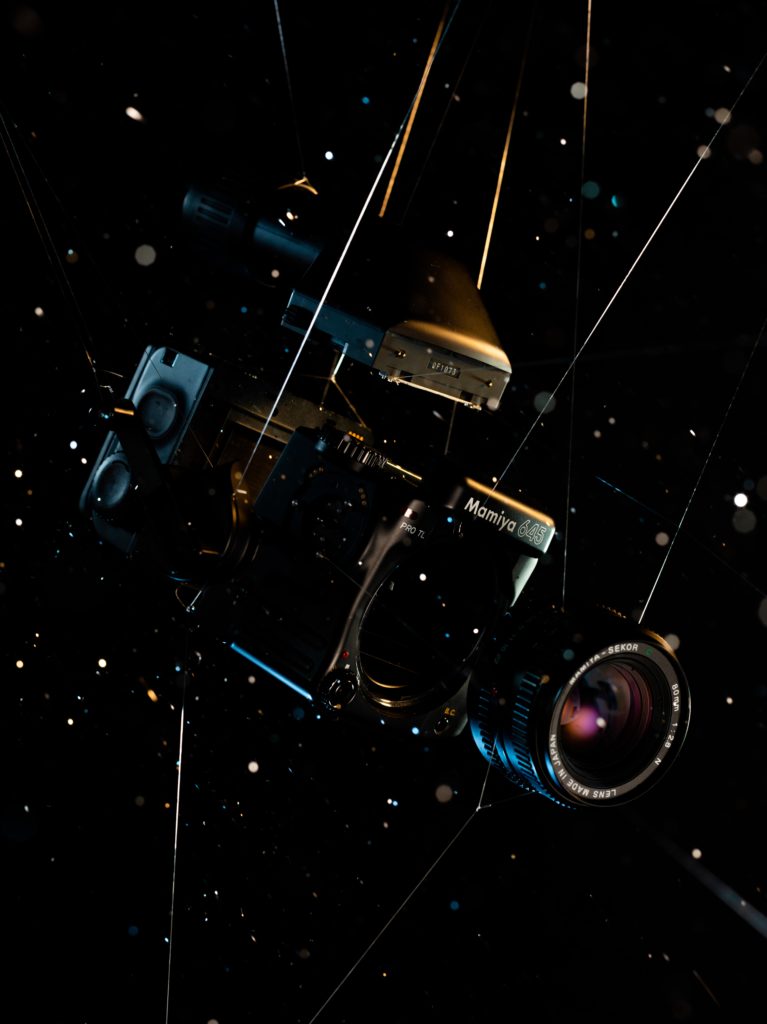
The smaller you go, the less light the sensor can absorb. Well, it is just the law of physics; there is less surface area that captures light. Because of that, you get blurred out details when you go closer to the photos, when you zoom in. You get softer lines, less defined structures. It might be fine if you are taking a photo of a landscape or landmark. If you want to take portraits of a person though, you want to capture those lines, those creases on the skin, the hair folicles. That is why medium format is still the way to go for when your industry needs a large print.
Big
Of course, the most popular format in the professional scene is still the full-frame that we are quite used to. That in itself has the advantage of being lighter and smaller than the medium format. Plus, plenty of the lenses you can get your hands on in the market are made for full-frame lenses.
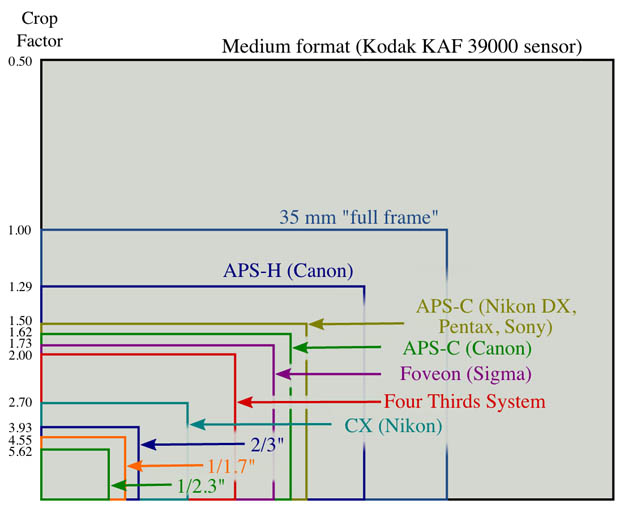
A full-frame sensor though is quite a little bit smaller than medium format. That means that it captures less light, and theoretically should not be pushed past 50-Megapixel. The more megapixel you cram in, the more problems with capturing light you have. There is a reason why Sony’s A7R III camera does not do that well in low-light conditions as compared to the 12-Megapixel Sony A7S III. Still, better than small sensors like APS-C cropped frame sensors, right?
Small
APS-C sensors exist because people want even more compact cameras and they want interchangeable lens cameras for less money. That is not to say that professionals or enthusiasts cannot use them. Take Sony’s brilliant A6500, or Canon’s M6, or Fujifilm’s highly popular X-T series. Those are brilliant APS-C cameras that are made for not just enthusiasts, even professionals can use them, especially if they are mostly reproducing their work in digital formats; you really do not need more than an APS-C in most cases. Of course, you still get better result with a full-frame or a medium format; if you have the money for them.
Even Smaller
So, what if you cram all that you need in an even smaller sensor, a sensor you can fit into a smartphone. You are getting a sensor smaller than your modern MicroSD cards, smaller than the NanoSIM format. The light captured from such a small sensor is even less. That also means that you are really not getting any kind of significant details from a single photo. The only way for the software in your smartphone to produce any significant photos you can use is to mash a couple of photos of the same things and fill the details in with those photos. In essence, you are super sampling your photos. That can be quite taxing on your smartphone’s processors though, and that is why your smartphone’s camera slows down and fails after a while (my own Samsung Galaxy Note9 has done it a few times).
The worst part is that the small sensors are not supposed to do any good in low-light photography. The only way you are going to see good low-light photos on a sensor as small as the ones in a modern smartphone is thanks to some software trickery within your smartphone and its processing chip. Technically, that is what your smartphone does anyway; again, that is why your smartphone’s camera slows down after a year or two.
Photography Essential? Or Snob Photography?
We are not pointing out any single camera mind you, we are talking about proper cameras in general. There are good ones, and there are bad ones that you can buy in the market. Generally, you will not go wrong with the reputable ones like Sony, or Canon, or Nikon, or Fujifilm. There are other brands in the market obviously, like Leica for example, who makes stellar cameras as well; for a price. There are also people like Hasselblad and Mamiya that does professional grade, medium format stuff. If you are looking into videography, there are brands like RED or BlackMagic that does their stuff very well too. Let us stick to photography for now though.
Control is Everything
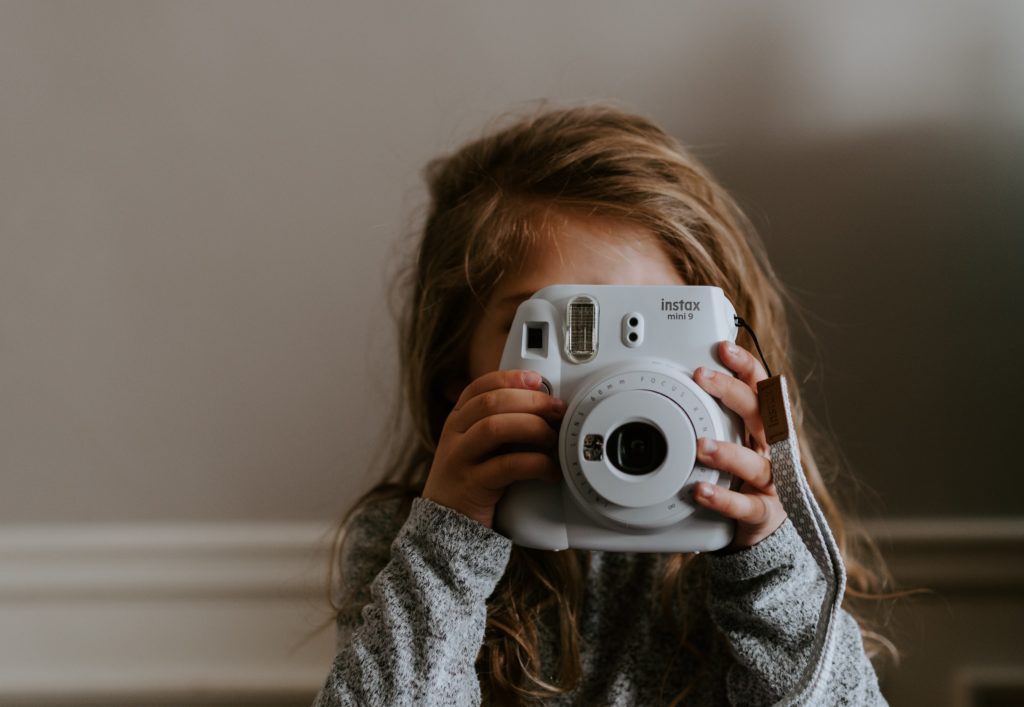
While many may argue that the smartphones’ cameras have caught up to DSLRs; I respectfully disagree. Getting a proper camera gives you plenty more control over your shots, you get a larger ISO range, larger aperture range, higher exposure control, more control over shutter speeds, and more control over your image focus. You get to play with more lenses too, although you have to fork out plenty more money for that (they are worth it, trust me). On a smartphone camera, while you get to shoot in RAW and have more control in ‘Pro’ mode, the ranges of control are just not enough, even the latest Xiaomi Mi Note 10 has its own limitations.
On a DSLR, or a mirrorless system that is ever so popular right now, if you need a larger lens opening, you can swap your lens out to another lens with larger aperture, which incidentally gives you better depth of field effect too (bokeh). Need low-light shots? Find a tripod, slow down the shutter speed, open up the lens aperture, push the ISO higher and you get a nice photo at night. Some cameras are equipped with backlight boost these days too. Need to zoom in a little closer than normal? There are zoom lenses equipped for that. Need to focus on a subject that is off-center? Sure, you can manually adjust the focus or let the autofocus do its job; plain and simple.
The Ends Justifies The Means
You most likely get better results from proper DSLRs too. You get better details in any lighting conditions comparatively. Depending on manufacturers, you get better colours too, and they are consistent. Thanks to better control over your settings, you also get the same results every time, anytime. You have more control over your photos, means you can take more photos and just choose the ones that you like most.
The memory card you have in your camera is dedicated to taking in photos and videos from the camera too, so there is no need to worry that your photos are taking up more space that it should. If you need to colour correct, there are tools on your smartphones to do that; since most modern cameras are equipped with Bluetooth and WiFi for image transfer and shutter remote.
Size Still Matters
The only downside in all these is the fact that a dedicated camera, even a mirrorless camera is still much larger than a modern smartphone. They are much heavier too, these cameras. If you consider a regular set up for most photographers (one camera body with up to two prime lenses and a single zoom lens), you need a proper bag to carry them. A smartphone just needs your pocket. Still, if you do have a gear bag for your camera and its gears, you have some more space for a notebook PC to work with and more than just a smartphone.
Essentially
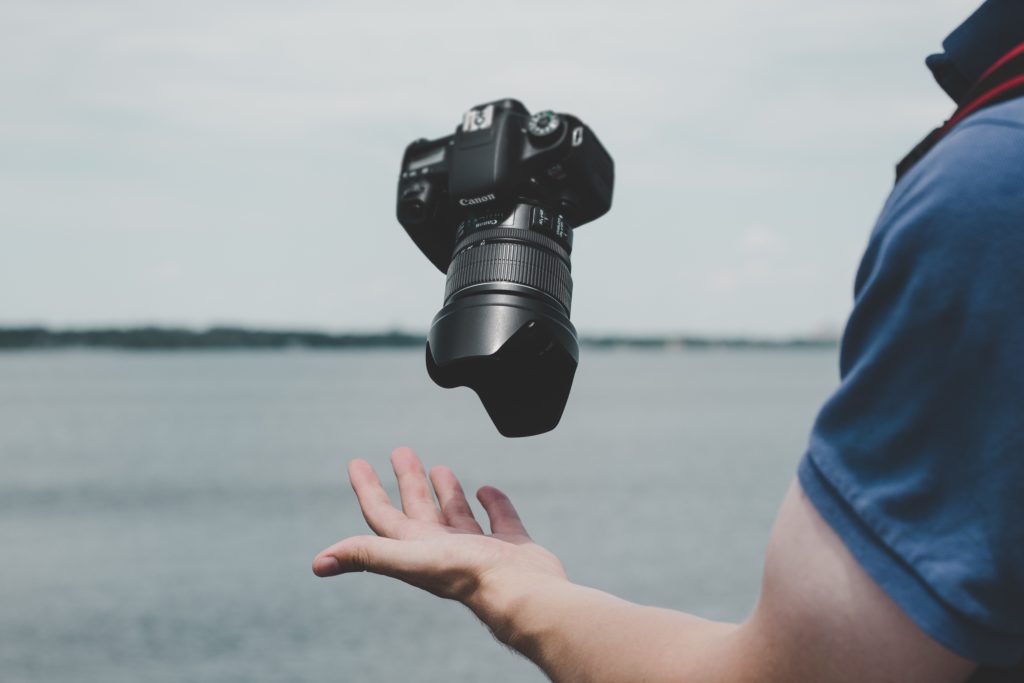
In our humble opinions then, a proper camera still has its place in photography. In fact, if you are getting into photography and is considering to get a high-end smartphone or a camera, we will always recommend you to get a cheaper smartphone and a proper camera set-up instead. A proper camera will always give you better results and more creative freedom and control than any smartphone camera. It is true now, and it should still stay true through 2020 and a few more years to come. We might revisit this topic again way later though. For now, the proper camera is still photography essential. What do you think though? We would love to hear thoughts in the comments!



